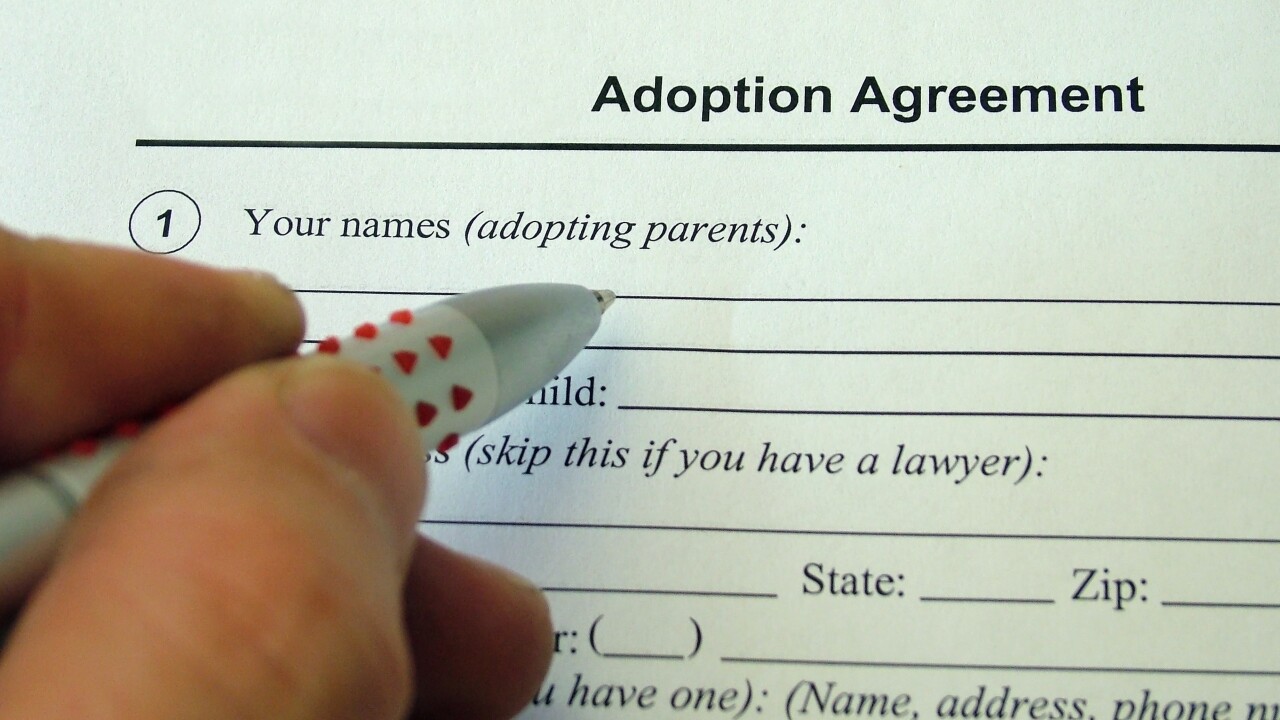You may not be able to touch information or even declare it as an asset on the balance sheet (
The researchers came to this conclusion after running three experiments. The first tested whether people are less likely to choose the same gamble when its two possible outcomes are framed as being a small gain and a small loss of information (mixed-frame), compared to when these are framed, respectively, as being a large gain and no gain of information (gains-only frame). All participants first saw six unrevealed facts before being randomly assigned to one of two framing conditions.
Participants in the gains-only frame condition were then given the choice of either learning three of the facts for sure (the sure option) or instead opting for a 50/50 chance of learning all six facts or learning no facts (the gamble option). Participants in the mixed-frame condition were initially told they were on course to learn three of the facts for sure and then given the choice to either learn "their" three facts for sure (the sure option) or instead opt for a 50/50 chance of losing "their" three facts or learning three extra facts. These are the same likelihoods and final outcomes as the gamble option in the gains-only frame condition, but presented as offering either a loss or a gain of three facts relative to a reference point of three initial facts.
They found participants were less likely to gamble when it was framed as "losing" information versus when it was framed as simply learning all six facts or none. The researchers believe this demonstrates "
The second experiment saw participants presented with seven unrevealed trivia facts, which were randomly divided into two bundles of three and four facts. One group was simply offered a choice between the three- and four-fact bundle; the second was initially told that they were on course to learn the three-fact bundle and then offered the option to learn the four-fact bundle instead. The paper noted the choice was essentially the same, but framed differently.
The second group was more likely to just stick with the three-fact bundle because doing so would feel more like a loss versus a foregone gain. The researchers said this demonstrates the "
The third experiment presented participants with a set of three unrevealed facts — either about U.S. state laws, national customs or foreign languages — before being randomly assigned to one of two groups with different framing. One group was offered the choice of learning one fact for sure (smaller certain gain) or a gamble offering a one-third chance of learning three facts and a two-thirds chance of learning no facts (larger uncertain gain). The second group chose between either losing two facts for sure (smaller certain loss) or a gamble offering a one-third chance of losing no facts and a two-thirds chance of losing all three facts (larger uncertain loss).
Once again, those in the first group were more likely to gamble than those in the second group. The researchers believe this demonstrates "
Overall, the researchers believe the experiments show that two fundamental features of how people value money and material goods embodied in prospect theory — loss aversion and different risk preferences for gains versus losses — also hold true for information, even when it has no material value. This is in contrast to traditional discourse on information, namely that people only value it instrumentally, as something that can help them make material gains. People, it seems, can value information in and of itself and are willing to place a value on it regardless of whether there's also a material value in having it.
"Identifying loss aversion and the endowment effect for information may be particularly relevant in the digital age, when individuals' unprecedented access to information complicates and can change the way we value it," suggests Yana Litovsky, a postdoctoral researcher in the Department of Banking and Finance at the University of Innsbruck, who led the research, in a statement.





